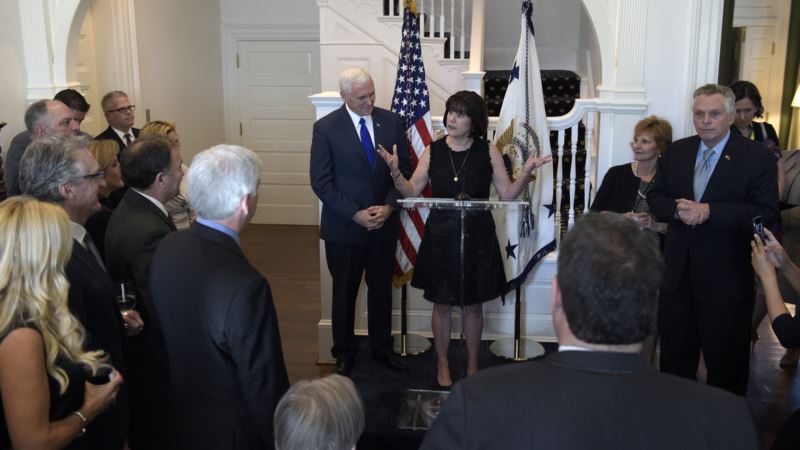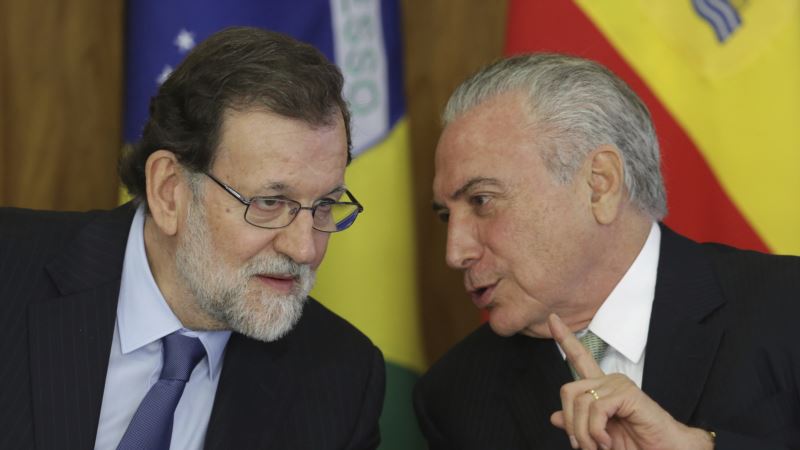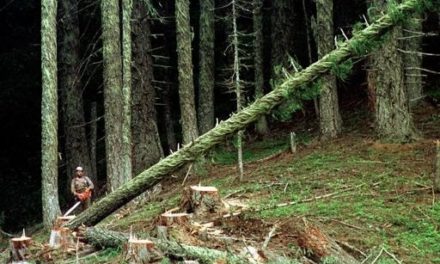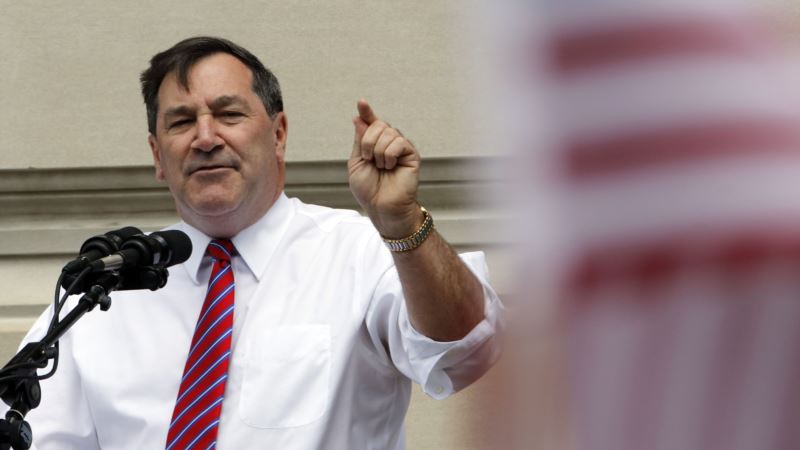U.S. President Donald Trump's $1 trillion proposal to fix the nation's crumbling infrastructure is expected to be the primary focus of the country's governors as they gather in Washington for three days of meetings. Health care reform, education, childhood hunger and cybersecurity will also dominate policy discussions at the annual winter gathering of the National Governors Association, according to the NGA. California Governor Jerry Brown on Friday announced a $437 million plan for flood control and emergency response following a scare over the near-failure of a dam spillway that forced about 200,000 people to evacuate. White House spokesman Sean Spicer called the situation "a textbook example" of why Congress needs to pass a major infrastructure funding bill. The meeting, which began Friday, comes on the heels of executive orders signed by Trump designed to get tougher on the estimated 11 million illegal immigrants in the U.S. by cutting off billions of dollars in federal funds to so-called sanctuary cities. These are U.S. cities and counties that limit cooperation with federal immigration authorities. Trump's plans include deputizing local law enforcement agents to act as immigration agents. Virginia Governor and NGA Chairman Terry McAuliffe told reporters at the meeting Friday that he considered the new measures "immoral and illegal." He said he wanted to reassure Virginia's many foreign-born residents that they would be protected from harassment. "I'm not going to let my local law enforcement officers be used for ICE [immigration] officials," McAuliffe said. "We're going to make sure that we continue to be open and welcoming." "Virginia is where the first immigrants [to the United States] came in 1607," he continued. "And we're going to protect our heritage, and we're going to work hard to protect the civil liberties of everybody." Another of Trump's executive orders authorized the construction of a wall along the southern border the U.S. shares with Mexico and the hiring of thousands of immigration enforcement officers, potentially setting up a faceoff between the Trump administration and state officials. Trump's Homeland Security Department at one point considered using the National Guard to assist with deportations, but the White House said last Friday that it had ruled out the idea. During the governors' gathering, they'll meet with Trump and other members of the new administration, as well as with members of Congress on Capitol Hill. "Now more than ever, governors' involvement is paramount as Congress and the administration develop new policies that affect our citizens," McAuliffe said. Earlier this month, the NGA submitted a list of 428 "shovel ready" infrastructure projects to the administration. The NGA has not made the final list publicly available, but lists from individual states include a range of transportation, energy, water and other projects. In December, the NGA, under guidance of the Trump transition team, asked the states to submit up to five projects. But the western state of California alone submitted 51 projects that state officials said would require an investment in excess of $100 billion. Trump promised throughout his presidential campaign to invest up to $1 trillion to repair aging roads, bridges and transportation centers. That is far less than the $3.6 trillion the American Society of Civil Engineers said is needed by 2020. Advisers to the president have said the projects could be funded by public-private partnerships instead of relying entirely on federal spending. While the administration has suggested that the projects be evaluated by a bipartisan panel, Congress is also expected to play a significant role in the development of an infrastructure program. The NGA, which holds two annual meetings, said a record number of 46 governors would attend the winter meeting in Washington. The NGA describes itself as "the bipartisan organization of the nation's governors" that "promotes visionary state leadership, shares best practices, and speaks with a collective voice on national policy." It is composed of the governors of the 50 U.S. states and five territories.
US Governors Annual Meeting to Focus on $1 Trillion Infrastructure Plan






